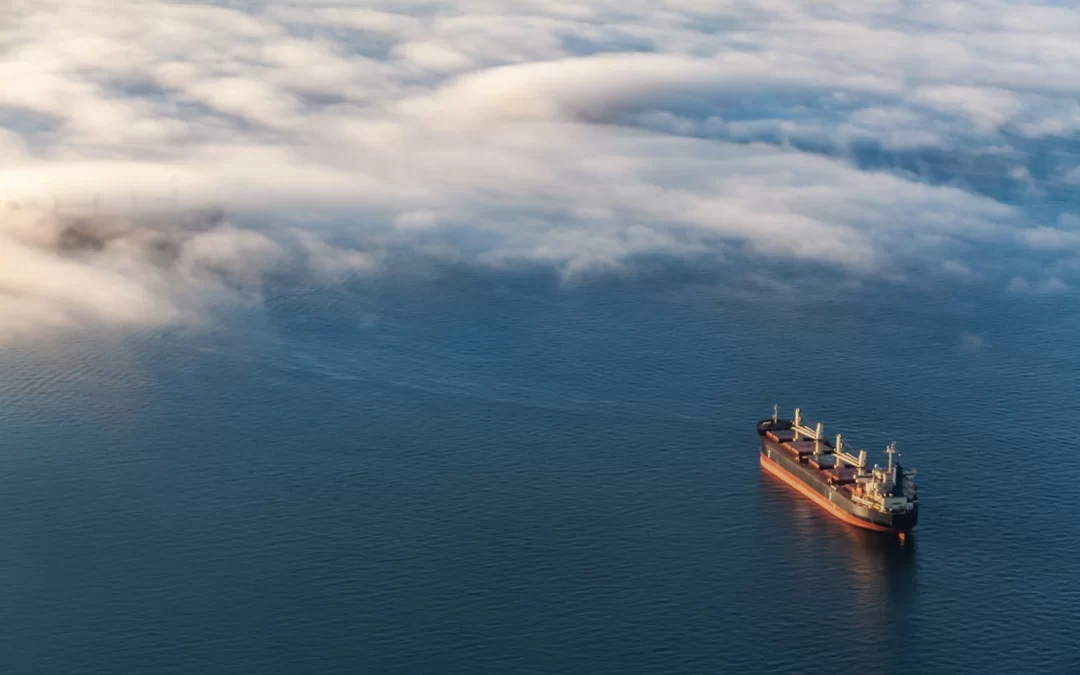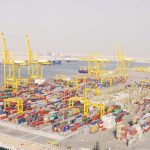The Marine Environment Protection Committee’s 82nd meeting (MEPC 82), held shortly after the implementation of the D-2 standard on 8 September 2024, marked a pivotal moment for ballast water management systems (BWMS).
A Riviera webinar, Post-MEPC 82 (October 2024) issues, hosted by Riviera on 14 October 2024, brought together experts from across the sector to discuss the MEPC 82 agenda and the evolving challenges facing the BWMS industry.
Panellists included Mouawad Consulting chief executive Jad Mouawad, EcoHarbor president Mark Riggio, Intertanko assistant manager environment Will Sturdy, and Global TestNet chair Guillaume Drillet.
Topics ranged from regulatory developments and compliance, to operational challenges in water quality, and the transition of BEMA.
The MEPC 82 discussions on BWMS components underscored the need for clarity regarding system parts, both major and minor, especially as shipowners face ongoing regulatory scrutiny.
Mr Riggio highlighted the ongoing confusion around the approval of BWMS components, noting, “There are major components which are set by the manufacturer during type approval, and then there’s a whole lot of other components that contribute to the system’s function.”
Mr Riggio explained while the IMO’s focus remains on major components, authorities such as the US Coast Guard require broader testing of all parts, including minor ones, during environmental testing. This lack of alignment has created operational headaches for many shipowners trying to balance regulatory demands with supply chain constraints.
Mr Riggio added, “Many components have gone through obsolescence cycles, and supply chain issues during the pandemic have only compounded the challenge.”
With the conclusion of MEPC 82, the industry is hoping for clearer guidance on minor component replacements.
However, Mr Riggio cautioned ship operators should not view this as a blanket approval to change components at will, “It’s not about just swapping out parts when they become unavailable. Ships need to be aware of the implications, especially concerning system performance and long-term compliance.”
Ports with challenging water quality continue to be a major operational hurdle for BWMS.
Intertanko has taken a proactive approach by developing a comprehensive database to track these issues. Mr Sturdy explained this database is built on years of industry feedback and identifies global ports where BWMS frequently encounter water quality challenges.
“The database serves as a reference tool for ship operators and regulators alike,” said Mr Sturdy.
He was quick to clarify, however, that the database is not meant to be a tool for obtaining exemptions from compliance but rather for operational planning.
“It’s not a cheat sheet. We’re not providing a loophole for operators to bypass the regulations. The goal is to facilitate open communication between shipowners, port authorities and regulators.”
The database categorises data across five key areas: contact information, location, operational conditions, water quality and communication records. By standardising how water quality challenges are reported and tracked, Intertanko aims to foster transparency and improve regulatory collaboration.
Mr Sturdy stressed the importance of using this data to anticipate problems rather than react to them, “Knowing where problems are likely to arise enables better planning, especially in chartering and voyage preparation.”
Mr Sturdy also noted the database could eventually evolve into a more widely used tool, accessible beyond Intertanko members. “We’re working to open this up to a wider pool of participants, including other maritime organisations and stakeholders.”
The transition of BEMA marks a critical point for the equipment manufacturers’ role in the regulatory framework.
Mr Riggio explained its scope is expanded to encompass both ballast water management and biofouling, an area IMO is increasingly focusing on as biofouling regulations develop.
Mr Mouawad expressed concern over disinfection byproducts (DBPs), particularly in low-salinity and closed marine environments. He warned the trend of removing filters from ballast water management systems to enhance operational efficiency could lead to unintended environmental consequences.
“Filters do more than just remove organisms; they reduce the risk of harmful chemical interactions that could create toxic byproducts,” Mr Mouawad explained.
He cautioned against removing filters, noting this could increase the reliance on chemical treatment and result in elevated DBP levels.
“Disinfection byproducts are not something we can afford to ignore,” said Mr Mouawad, “We need to ensure the systems we approve and install today don’t create unforeseen environmental hazards in the future. We’re already seeing elevated DBP levels in some regions, and it’s a trend we need to address head-on.”
He advocated for stricter scrutiny of BWMS that lack filters, highlighting the long-term consequences of DBPs, particularly in freshwater and low-salinity environments, could become a significant regulatory and environmental issue.
Mr Drillet, in the role of chair of Global TestNet, stressed the importance of standardising testing methodologies to reflect real-world conditions better.
“The discrepancies between the environments where systems are tested and where they are ultimately used can lead to significant performance issues,” Mr Drillet noted.
Global TestNet’s work has been focused on aligning the testing regimes used during type-approval with the operational realities ships face across different regions.
Mr Drillet highlighted the need for more robust type-approval testing to account for varying water qualities and environmental conditions.
“Shipboard testing is often conducted under ideal conditions that may not represent the challenging environments found in major ports, such as the Thames or the Yangtze. We need a more realistic approach to ensure systems perform as intended in the real world.”
Mr Drillet also raised the issue of data consistency in reporting. “We need to improve how data is collected and reported across different regions,” he said. “Inconsistent data logging and reporting standards can lead to gaps in compliance monitoring, making it difficult for authorities to get a clear picture of system performance.”
The post-MEPC 82 landscape for ballast water management is defined by both progress and ongoing challenges. Regulatory updates, such as those concerning BWMS component changes, are moving the industry forward, but operational issues, particularly those related to water quality and environmental impacts, continue to present significant hurdles.
As Mr Mouawad succinctly put it, “We’re not done yet. The work we’ve accomplished so far is just the beginning.”
Riviera opinion poll
The poll results from the webinar revealed some unexpected perspectives.
Notably, while the majority of attendees identified refining type-approval testing (47%) and standardising data logging (41%) as the most urgent regulatory priorities, only 16% focused on addressing disinfection byproducts, despite Mr Mouawad’s emphasis on their environmental risks.
Another striking result was the belief IMO does not understand field realities, with 71% of respondents expressing this view regarding the lack of outputs on challenging water.
Interestingly, 81% of participants expressed optimism about the upcoming mandatory discharge sampling every 2.5 years, seeing it as an opportunity to improve their ballast water management plans, rather than a challenge, which contrasts with the typical concerns over new regulatory requirements.
Additionally, maintaining system performance with replacement parts (57%) was considered a far greater challenge than distinguishing between major and minor components (9%), highlighting operational concerns over compliance minutiae.
Source: Riviera






